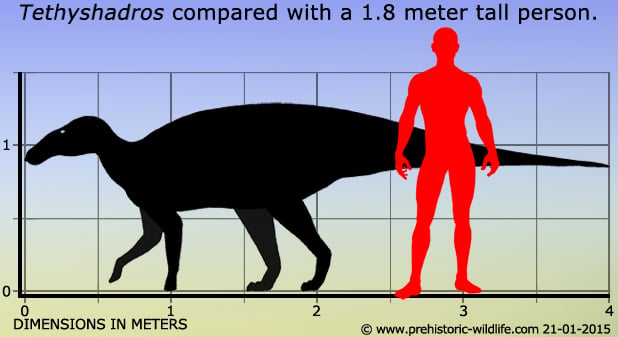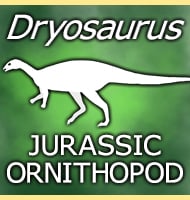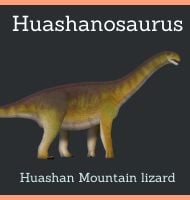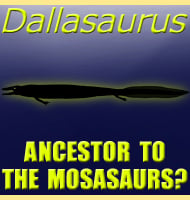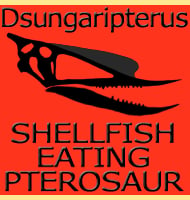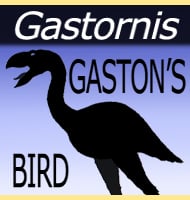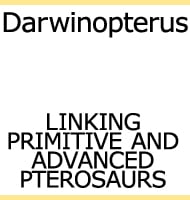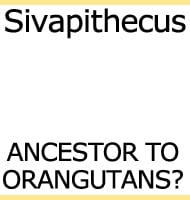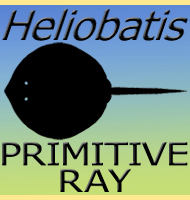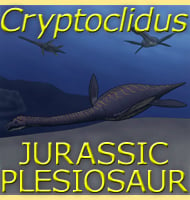In Depth
Tethyshadros is without doubt one of the more interesting genera of hadrosauroid dinosaurs. For a start hadrosauroids are not particularly well known from Europe, though large ornithopod dinosaurs which were ancestral to them are. Tethyshadros also seems to have been a dwarf hadrosaur, growing to an average length of four meters. This reduction in size seems to have come about from a reduction in the post cranial skeleton, as the skull is notably large in proportion to the rest of the skeleton. The limbs are also relatively long and more gracile than relative genera. This length and a reduction in digits seem to have been adaptations for a greater reliance upon cursorial (ground) movement.
The small size of Tethyshadros seems to have been caused by an effect termed ‘insular dwarfism. This is where a population of animals that find themselves living on a restricted landmass with limited food resources will progressively grow smaller over successive generations. This is because evolution would favour those individuals which did not have to eat so much, so that they would survive to breed for longer, and by extension a balance would be attained where a population level could stabilise without outstripping the available food resources for a given area.
How a population of Tethyshadros came to be restricted to an island has already become a matter of debate. We know that ancestral forms of the hadrosauroid dinosaurs, typicially iguanodonts, were present in Europe all the way back to the Jurassic, and that various forms such as Zalmoxes and Rhabdodon were still present at the end of the Cretaceous. However in the original 2009 description of Tethyshadros, Dalla Vecchia favoured the idea of island hopping. This is a very plausable notion as during the Mesozoic Europe was not one major landmass as it is today; instead it resembled a collection of random islands and archipelagos. It is quite possible that as time progressed, sea levels altered, and lands shifted, some creatures were able to exploit these changes to progress into new areas.
Tethyshadros was named after the Tehthys Ocean, an ancient body of water that once separated the northern continents from the southern continents.
Further Reading
- Tethyshadros insularis, a new hadrosauroid dinosaur (Ornithischia) from the Upper Cretaceous of Italy. - Journal of Vertebrate Paleontology 29(4):1100-1116. - Fabio M. Dalla Vecchia - 2009.
